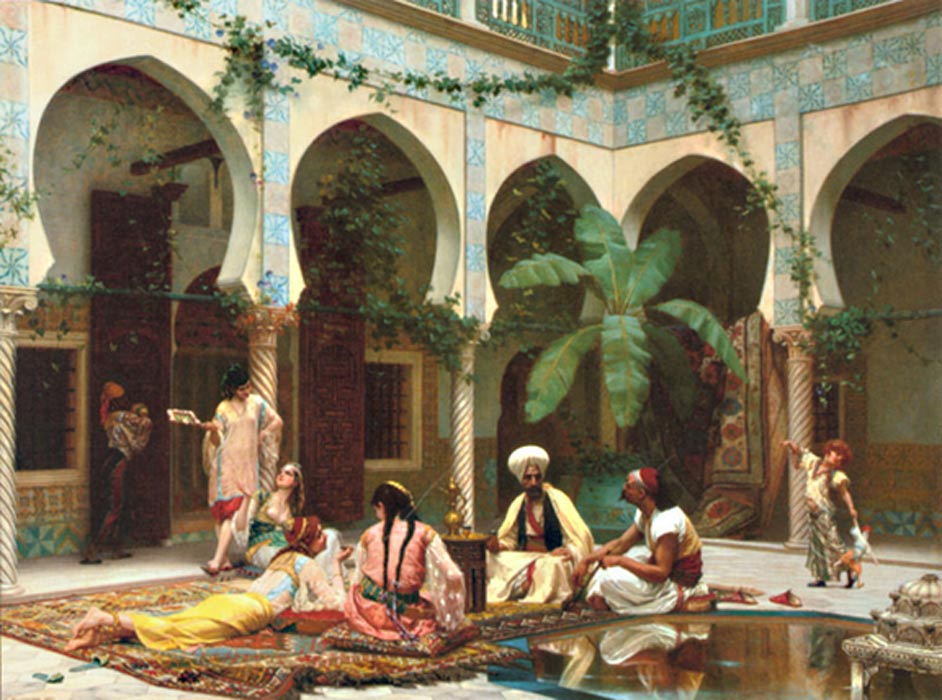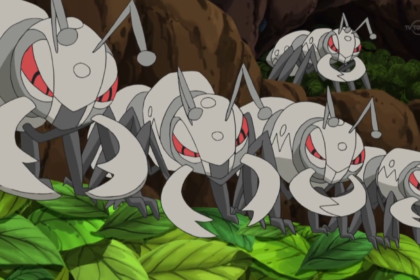The moment we hear the word harem, we have a tendency of visualizing it as a place full of scantily dressed women always ready to act out the sexual fantasies of the ruler, mostly an emperor or a sultan. This however is a wrong image. Take a look below for 23 awesome and interesting facts about the word harem.
1. The word ‘harem’ is Arabic by origin and literally means forbidden.
2. European imagination from 18th and 19th century pictured harem as an in-house brothel that was designated for use only and only by a Muslim ruler.
3. Harem being an in-house brothel is far from being true. It was actually an area in the household which was designated for Muslim women.
4. The idea of a harem was to give these women a place in house where they could get utmost privacy and remove their head-scarves without being seen by outsiders. So essentially, harem refers to a place in house where women could relax and outsiders.
5. In traditional harems, men who did not belong the family were strictly forbidden from entering the harem.
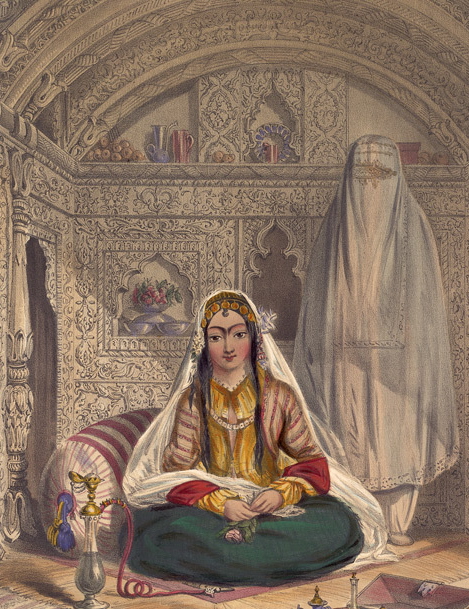
6. Sometimes a harem could only be an inner courtyard where women would stay safe from the eyes of outsiders. However, such an open courtyard was available only in wealthy families.
7. Misconceptions about harems originated out of the Ottoman Empire and the western literary and artistic expressions associated harems with nudity and sexuality.
8. Some of the famous western works like La grande odalisque (by Jean-Auguste-Dominique Ingres), The Turkish Bath (by Jean-Auguste-Dominique Ingres), Life in the Harem (by John Fredrick Lewis), The Bath (by Jean-Leon Gérôme), Interior of the Palace of Hatice Sultana (by Anton Ignaz Melling), The Royal Harem (by Anton Ignaz Melling) etc. are the primary culprits to be blamed.
9. What really led to this misconception was that rulers of the Ottoman Empire maintained complex harems. They were pretty large and females in the harems included emperor’s mother, sisters, wives and concubines.
10. The size of these Ottoman harems can be guessed by the fact that they required large number of women attendants to serve the inmates and corps of eunuchs were in charge of overseeing these harems.
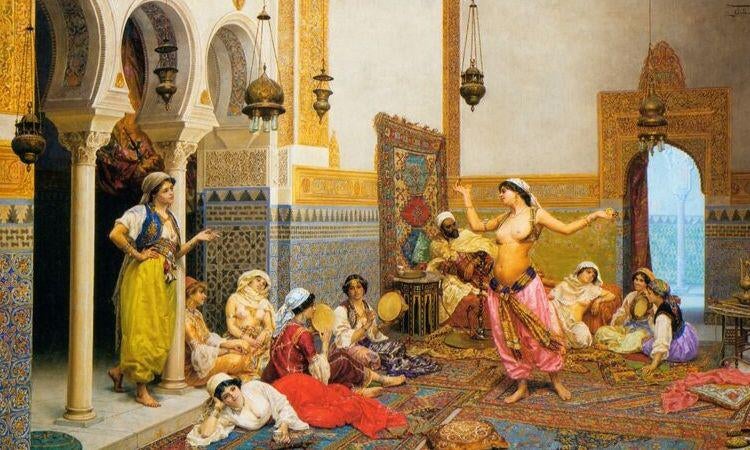
11. Anywhere between 300 and 900 eunuchs used to oversee each harem under Ottoman rulers.
12. There was a special requirement that every eunuch had to fulfill in order to be able to work in any imperial harem. They simply had get their external genitalia removed.
13. Removal of genitalia of the eunuchs ensured that the children that were borne by concubines and wives of the sultans were legitimate sons and daughters of the sultans.
14. These eunuchs actually served as harem guards and enjoyed quite some power, especially the Chief Eunuch who used to be 3rd in power, only being over shadowed by Grand Vizier and the Sultan himself.
15. As depicted by the western works, one may think that the harems were all about luxury life, sex and lust but that was not true. In fact, harems turned out to be Ottoman Empire’s power centers.
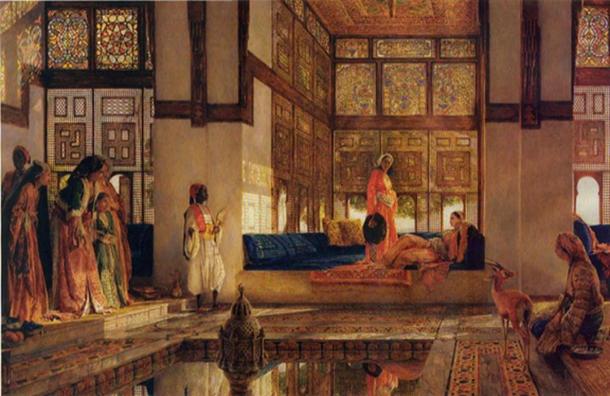
16. Everything dirty went in there. From strangling to poisoning, nothing was uncommon. Murders in harems were actually conspiracies by women staying their, especially among the wives of the Sultan.
17. Women who gave birth to male babies wanted their boys to become next sultan and would usually bribe servants or eunuchs to murder other women or their children.
18. If someone’s son eventually became a Sultan, that woman would become Valide Sultan (mother of the Sultan) and possess immense political power to such an extent that she would literally control the Sultan pretty often.
19. Valide Sultan would eventually control the entire harem, selecting wives for her son and training those women to be prepared and serve the Sultan.
20. The female servants who worked in the imperial Ottoman harems found life better as servants because the duty was far better that working on fields or leading an impoverished life somewhere in the outskirts of the empire.
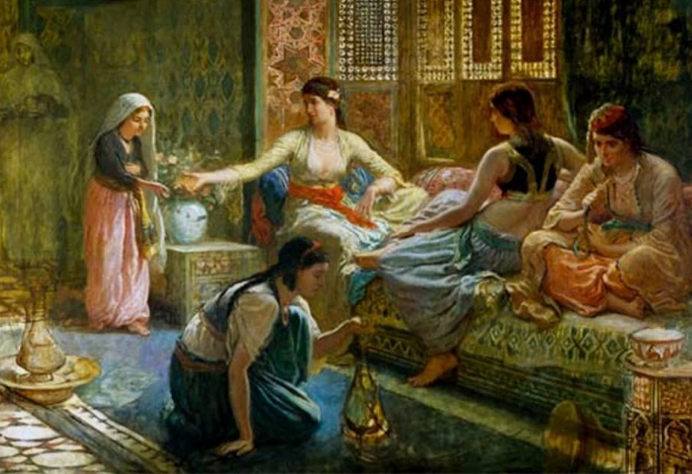
21. Parents would often sell their daughters into slavery with the hope that they end up working in harems and enjoy a comfortable life.
22. In India, there was a different version of harem. It was known as purdah wherein upper-caste women would stay behind a curtain. Similarly in pre-Islamic Persian era, women lived completely secluded.
23. In Korea, irrespective of class, men and women always lived in separate sides of the same house, coming together only to copulate and reproduce. Apart from that, there was no other contact.

